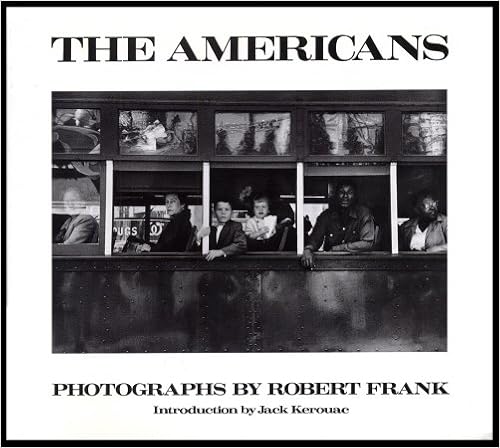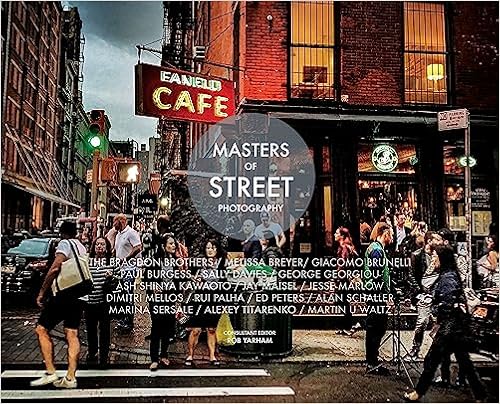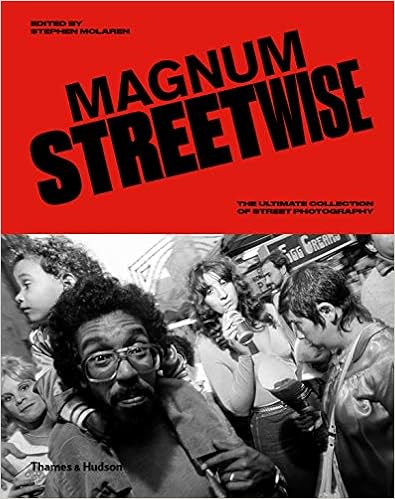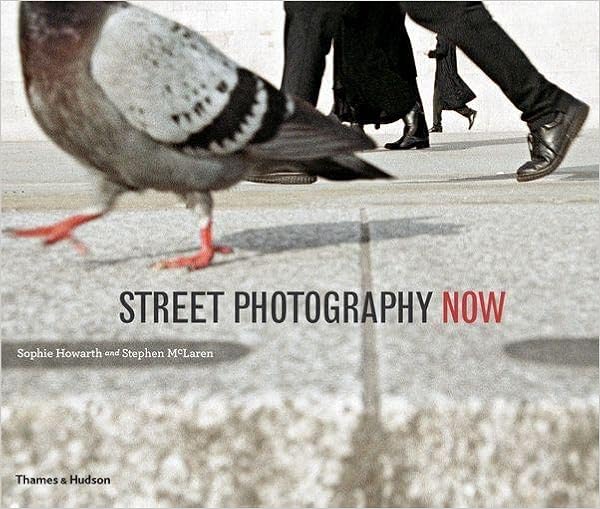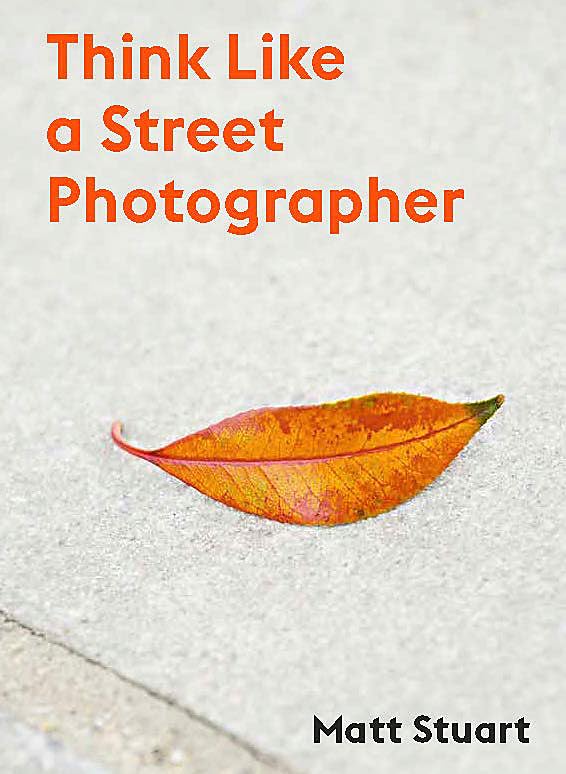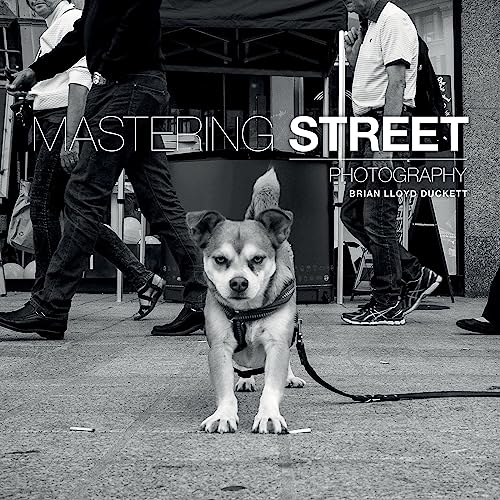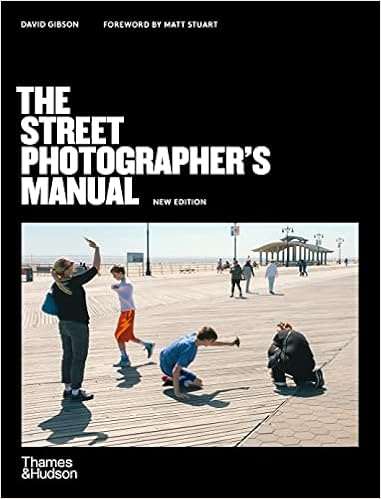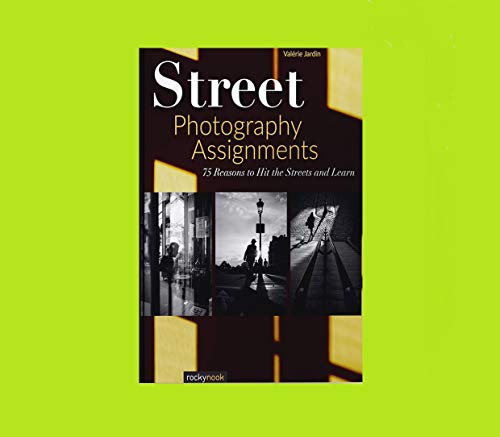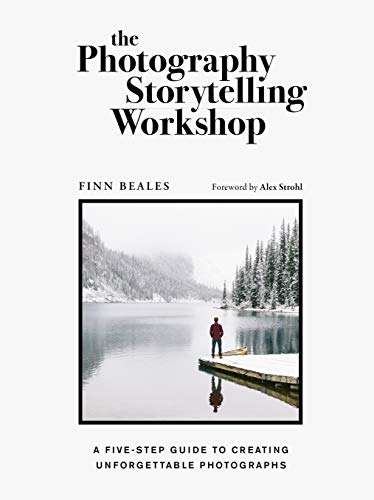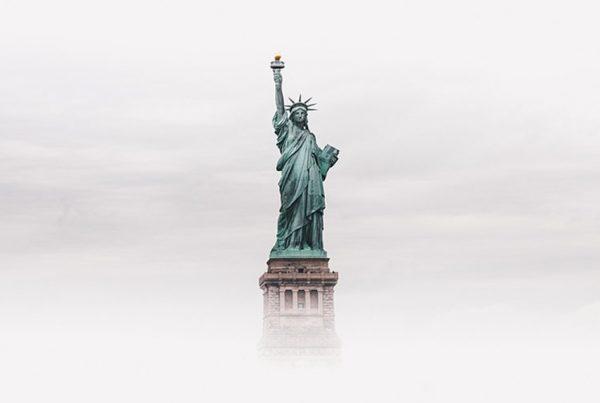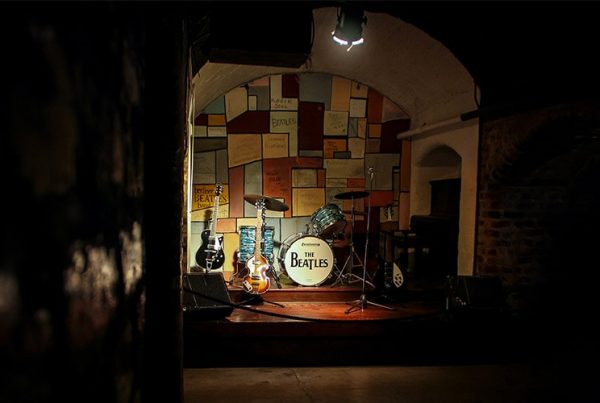Best Street Photography Books? Top 10 to Read and Learn in 2025
The best street photography books capture the pulse of life, the candid moments that unfold on the streets, and the raw, unscripted beauty of the human condition. They offer a dance with unpredictability, a testament to the fleeting nature of time, and a mirror reflecting society. Whether you’re a seasoned professional or a budding enthusiast, there’s always something new to learn, a different perspective to consider, a unique story to tell.
In this article, we delve into my absolute top 10 to read, learn from, and some of the most famous street photography books of all time. These books are more than just a collection of images; they are a source of inspiration, a guide for improvement, and a platform for understanding the nuances of the genre. They offer a wealth of knowledge from the masters of street photography, insights into their creative process, and practical advice on how you can elevate your craft. OK , so, let’s embark on this journey of discovery and explore the top books that have shaped the world of street photography.
Classic and Famous – List of the Top 10 Best Street Photography Books
A must have – The Americans by Robert Frank
- Street Photography: A History in 100 Iconic Photographs
- Masters of Street Photography
- Magnum Streetwise: The Ultimate Collection of Street Photography
- Street Photography Now: with 301 photographs in color and black-and-white
- Think Like a Street Photographer: How to Think Like a Street Photographer
- Street Photography: Creative Vision Behind the Lens
- Mastering Street Photography
- The Street Photographer’s Manual
- 52 Assignments: Street Photography
- Street Photography Assignments: 75 Reasons to Hit the Streets and Learn
Bonus books:
What is the most read street photography book?
When it comes to street photography, there’s one book that stands out as the most read and most influential photography book in the genre. “The Americans” by Robert Frank is not just a book but a powerful narrative of the mid-20th century American life. “The Americans” is a masterpiece that has inspired countless photographers and continues to be a pivotal reference point for anyone interested in street photography.
If you were to buy one book to start your collection, I would highly recommend “The Americans”. However, if you have an appetite for more, there are five important photography books that have been widely read and received critical acclaim. They have been praised for their unique perspectives, innovative techniques, and ability to capture the essence of human life in its rawest form. Each book offers a wealth of knowledge, from practical tips and advice to in-depth analysis of the genre.
- “The Decisive Moment” by Henri Cartier-Bresson
- “The Americans” by Robert Frank
- “Street Photography Now” by Sophie Howarth and Stephen McLaren
- “Bystander: A History of Street Photography” by Colin Westerbeck and Joel Meyerowitz
- “Magnum Contact Sheets” by Kristen Lubben
“The Americans” by Robert Frank is a seminal work in the field of photography. Originally published in France in 1958 and then in the United States in 1959, this book changed the course of twentieth-century photography. Through eighty-three photographs, Frank delved beneath the surface of American life, revealing a society plagued by racism, ill-served by its politicians, and numbed by a rapidly expanding culture of consumption.
Yet, Frank also discovered novel areas of beauty in simple, overlooked corners of American life. His subject matter – cars, jukeboxes, and even the road itself – redefined the icons of America. His seemingly intuitive, immediate, off-kilter style, as well as his method of brilliantly linking his photographs together thematically, conceptually, formally, and linguistically, made “The Americans” innovative. More of an ode or a poem than a literal document, the book remains as powerful and provocative today as it was over fifty-five years ago.
Masters and the History of street photography
Street photography is a genre of photography that captures candid moments of everyday life in public spaces. It has a rich history that dates back to the invention of photography in the early 19th century. The first photographs ever taken were generally done in the streets, and the start of photography was the start of street photograph.
In the early years of photography, capturing street scenes was not a prevalent practice. This was largely due to the size and weight of the photographic equipment of the time, which made it challenging to use in a street setting. Additionally, portrait photography and official documentation were seen as more profitable and important ventures. However, the landscape of photography underwent a significant change with the introduction of compact cameras in the early 20th century. This innovation allowed photographers to document spontaneous moments on the streets with ease.
Over the course of its evolution, street photography has served as a potent tool for encapsulating the spirit of life in public spaces. It mirrors the shifts in socio-political landscapes and the cultural diversity of different eras. Street photography has evolved alongside the opening up of the medium to all people of all backgrounds in conjunction with its technological advances from its origin of metal and glass plates to film to digital. The definition of street photography (or photographer) has also changed over time.
This extensive collection of photographs captures daily life in every corner of the globe, from pre-war gelatin silver prints to 21st-century digital images.
The book includes work by renowned photographers like Margaret Bourke-White, Henri Cartier-Bresson, Joel Meyerowitz, Gordon Parks, and others who pushed the boundaries of street photography.
Each photograph is accompanied by an informative text revealing the story behind the image. David Gibson’s insightful introduction traces the history of street photography, reflects on its broad appeal, and looks toward the future of the genre.
Masters of Street Photography explores the craft and creative secrets of 16 leading lights of the genre. Through probing Q&A style interviews, beautifully reproduced images, captions telling the story of each picture, and detailed technical information, the reader is given an insight into the photographers working practices, from their career paths and inspirations, to the equipment, techniques, tropes and tricks they employ to create their breathtaking and visionary works.
The result is a book that combines visual inspiration with tried and tested street smart advice from leading professionals, providing everything the aspiring street photographer needs to create their own distinctive urban portfolio.
Magnum Streetwise is an unmissable tour through the photographs and practices that have helped define what street photography is and can be.
Magnum photographers such as Henri Cartier-Bresson pioneered ‘modern’ concepts of street photography before the term was even coined. But their influence is far from historic. A rich seam of street photography runs through the heart of Magnum to this day, both in the work of recognized masters of street photography – such as Erwitt, Parr, Gilden and Kalvar – and of those who might not even consider themselves street photographers.
The Ultimate Collection of Street Photography – Magnum Streetwise is a true visual feast, interleaving insightful texts and anecdotes within an intuitive blend of photographers. Theme-based portfolios exploring not only the work of outstanding photographers but how common subject matter (places of leisure, marketplaces, travel) and locations (Paris, New York, Tokyo) have been addressed, conceptually and practically, across the agency and through the ages.
What should I read to become a better street photographer?
Becoming a better street photographer is a journey of continuous learning, shooting street scenes, and immersing oneself in the rhythm of people and places. One of the most effective ways to enhance your skills is by delving into books on street photography. These top books, penned by masters of the craft, offer a wealth of knowledge on capturing the essence of street life and creating iconic images.

Photo by: Wesley Tingey
From classic street to digital photography, these best books provide insights into various techniques, perspectives, and experiences. They not only showcase stunning images but also share the stories behind them, offering a deeper understanding of documentary photography. Here are three books that every aspiring street photographer should read to elevate their craft and understanding of this dynamic genre.
This definitive anthology of contemporary street photography captures the world’s best street photographers as they capture the drama of everyday life at 1/125 of a second.
The book presents 46 contemporary image-makers noted for their candid depictions of everyday life in our streets, subways, shopping malls, beaches, and parks. Included are Magnum masters such as Bruce Gilden, Martin Parr, and Alex Webb, along with an international cast of emerging photographers whose individual biographies illuminate the stories behind their pictures of New York, Tokyo, Delhi, or Dakar.
Four thought-provoking essays and a global conversation between leading street photographers explore the compelling and often controversial issues in the genre. A select bibliography and a resource section for aspiring street photographers complete the book.
Think Like a Street Photographer is a guide to honing your craft in street photography. Matt Stuart, a seasoned street photographer, shares his secrets and skills that have led to his greatest shots in over 20 chapters. He explains his unique and playful approach to street photography, leaving the reader full of ideas to use in their own photography.
The book is filled with 100 of Stuart’s images, providing a visual feast for aspiring street photographers. It also includes a foreword by Derren Brown, adding another layer of insight into the world of street photography.
Creative Vision Behind the Lens is a guide to capturing the fleeting moments that embody the beauty, absurdity, and paradoxes of everyday life.
With both training and preparation, a street photographer needs to make rapid decisions. There may only be a fraction of a second to immortalise a moment in time that has never happened before and will never happen again.
The author takes you on an inspiring photo walk around the world. After an overview of the practical and technical aspects of street photography, Valérie takes you along on a personal photographic journey as she hits the streets of her favourite urban haunts. She shows you the art of storytelling through her photographs, from envisioning the image to actually capturing it in the camera.
This book is perfect for both the new photographer excited to capture the world around them. And for the experienced street photographer wishing to improve their techniques and images.
What are the best street photography books that provide tips on how to approach strangers for photos?
Yes, when new photographers start learning about the street, everybody asks questions… How do you approach strangers for street portraits? How do you capture candid moments without being intrusive?
Approaching strangers for photos is indeed one of the most challenging aspects of street photography. It’s a delicate dance that requires a blend of confidence, good judgement, and a respectful approach. It’s about breaking barriers, stepping out of your comfort zone, and connecting with people from all walks of life.
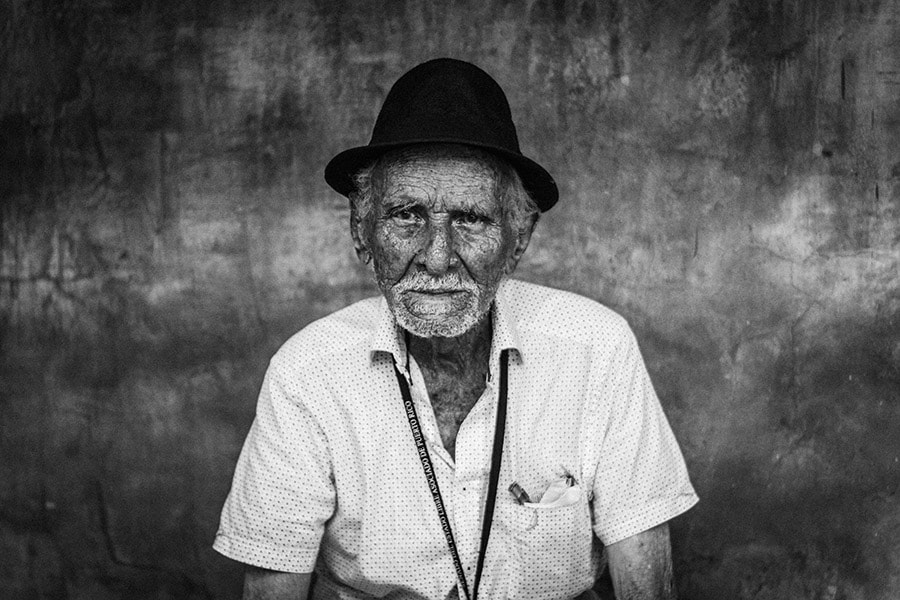
Photo by: Ricardo Alfaro
This aspect of street photography tests your interpersonal skills as much as your photographic ones. It’s about understanding body language, respecting personal boundaries, and knowing when to press the shutter. It’s about being empathetic, patient, and adaptable.
You need to be quick yet discreet, bold yet respectful, and always ready to seize the moment. It’s about creating a fleeting connection with a stranger, capturing their essence, and telling their story through your lens.
However, this can be a daunting task, especially for those new to street photography. The fear of rejection, the ethical considerations, and the unpredictability of people’s reactions can be overwhelming. But with the right guidance, practice, and mindset, you can overcome these challenges and master the art of photographing strangers.
Mastering Street Photography book is a practical guide to capturing the candid moments that reveal life at its most dramatic, absurd, or beautiful.
Brian Lloyd Duckett, Principal and Course Tutor of the StreetSnappers workshops, presents the techniques that can elevate images of the urban landscape from the ordinary to the extraordinary. He demonstrates how the successful street photographer needs to be an unseen observer, with the camera a mirror of everyday scenes and unaware subjects.
A guide to equipment and technical skills leads to lessons in finding inspiration, developing projects, and composing different subjects and scenes.
The book also addresses such key issues as staying safe and within the law when photographing on the street and the art of building an audience for your images.
The Street Photographer’s Manual celebrates the spirit of street photography with inspiring instructions to help you capture the perfect urban moment.
Through twenty project tutorials on subjects such as ‘Sequences’, ‘Shadows’ and ‘Objects’, as well as illustrated profiles of twenty internationally acclaimed street photographers, author David Gibson gives you a visual tour of the medium – perfect for the aspiring street photographer.
This new edition showcases captivating work by emerging artists on the street photography scene, updated advice on Instagram, and a foreword by leading street photographer Matt Stuart.
How do I start a street photography project?
Starting a street photography project can be an exciting yet daunting task. It’s more than just hitting the streets with your camera. It’s about finding a theme or a story that you want to tell, understanding the nuances of light and composition, building your confidence to approach strangers, and developing your unique style. Seeing the extraordinary in the ordinary and capturing the fleeting moments that tell a story.
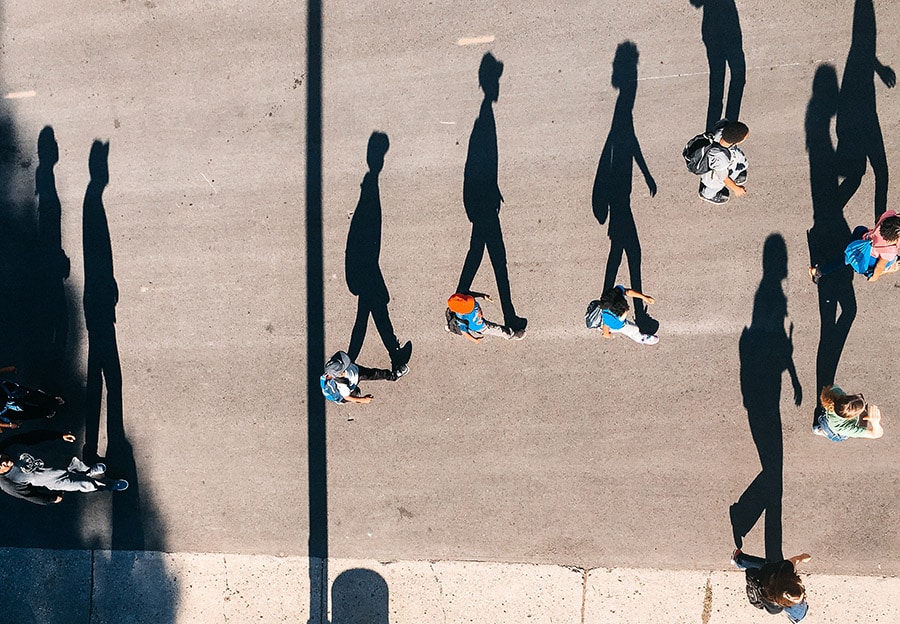
Photo by: Tom Barrett
Street photography projects require patience, persistence, and a keen eye for detail. They challenge you to step out of your comfort zone, to see the world from a different perspective, and to find beauty in the mundane. But where do you start? How do you choose a theme? How do you plan your shoots? And how do you overcome the fear of photographing strangers?
To help you navigate these questions and kickstart your street photography project, I would like to recommend two exceptional books. They offer practical advice, creative inspiration, and valuable insights from renowned street photographers. Let’s have a look!
This book is a mission brief, a photographic workshop, a personalised journal, and an anarchic guide to putting creativity back into your photography. It is filled with prompts and projects, nudges and sparks, innovations, and inspirations, to help you kick your photographic habits, step out of your comfort zone and add the creativity and character that is the essential feature of professional street photography.
The book features 52 colour-coded commissions and concepts with alternative ideas for composing, creating, and printing eye-catching images from the street.
You will discover different ways of approaching your subjects, challenges and games that add a level of mischief and play to your work, ideas for using maps, books and signs to unleash your creativity. Lists of the best festivals and events to attend, prompts for alternative subjects and themes, guides to removing clichés from your work. Radical techniques for pushing your camera beyond its limits or using alternative cameras. Examples from historic masters along with ideas for innovative approaches to processing and printing.
If you have any creative roadblocks in your street photography, this is the book to drive you right through it. You never know – after completing all assignments, you may end up producing your own photo book.
Street Photography Assignments provides dozens of prompts for you to practice in order to refine and improve your craft. These activities focus on themes such as street portraits, gestures, shadows, silhouettes, rim light, humour, abstract, tension, motion, reflections, leading lines, creative framing, juxtapositions, double exposures, and much more.
Each assignment includes a description of the technique, various tips and tricks to practice, technical and compositional considerations And an example photo that Jardin has captured when practising the same exercise.
Whether you have 30 minutes or 3 hours, each assignment is an opportunity for you to take your camera and hit the streets. No more excuses!
Bonus – expand your famous street photography collection of street books!
For those of you looking for more, I have two bonus titles that are sure to inspire and guide your photography journey. These books are not just about techniques and tips, but they also offer a unique perspective on storytelling and visual aesthetics.
And if you really think of starting a collection of books on street photography, it can not be without such great titles like “Humans of New York” by Brandon Stanton, “Suffering of Light” by Alex Webb, “Street Photographer” by Vivian Maier and “One, Two, Three, More” by Helen Levitt
In his debut monograph, “TO:KY:OO“, Liam Wong takes us on a cyberpunk-inspired exploration of nocturnal Tokyo. The book brings together a refined body of images that are evocative, timeless, and completely transporting.
Wong’s unique method of identifying the right scene, capturing the essence of a moment, and enhancing colour values to deepen an image’s impact is revealed in a dedicated section.
This book is a visual treat for anyone interested in street colour photography, offering a fresh perspective on Tokyo’s vibrant nightlife.
The Photography Storytelling Workshop is a comprehensive guide for photographers aiming to tell compelling stories through their work. Author, Finn Beales, an award-winning photographer, shares his process in a five-step course – Pitch, Prepare, Shoot, Edit, and Deliver.
The book is designed to help photographers, regardless of their genre, develop successful, reliable working methods that captivate audiences. It covers all essentials from building a story into your creative, shoot preparation, the necessary gear and props, working with mood-boards and call sheets, compositional balance, and directing models, right through to post-production, editing, and file delivery.
This book is highly recommended for those who want to take their photography skills to the next level and create images that not only capture moments but also tell rich, engaging stories.
Final thoughts and The Decisive Moment by Henri Cartier-Bresson
As we conclude this list of essential books for street photography, it’s impossible not to mention the iconic and influential book, “The Decisive Moment” by Henri Cartier-Bresson. This book is a testament to Cartier-Bresson’s incredible knack for capturing the moment that reveals the larger truth of a situation. It’s a collection of his best work, and it’s a must-read for anyone interested in street photography.
The book is a masterpiece of the genre, filled with images that have defined the field of street photography. Each photograph is a lesson in timing, composition, and empathy, demonstrating Cartier-Bresson’s philosophy of the ‘decisive moment‘ – the split second when an interplay of elements come together to form the perfect image.
The Decisive Moment is more than just a collection of images; it’s a study in how to see the world. Cartier-Bresson’s work teaches us to look beyond the obvious and find the extraordinary in the everyday. His images are a reminder that great photography is not just about technical skill but about a deep understanding of what it means to be human.
I hope that this list of books will serve as a useful guide for those embarking on their journey in street photography. Each book offers unique insights and lessons that will help you acquire new skills and perspectives. With these resources at your disposal, I am confident that you will be able to capture fantastic images that tell compelling stories.
Happy reading, and even happier photographing!

